Home Market information
Shower - saving equipment
Date Submitted: 08/07/2016
Ancient times
Shower heads were originally designed to be indoors and non-man-made, simulated by humans, imitated and recreated from a common natural phenomenon known as waterfalls. People previously stood under the waterfall's small feet to catch the falling water to wash the stains completely clean and effective (by water pressure) than traditional bathing. Ancient people began to reproduce natural phenomena by pouring water jars, often very cold, on themselves while bathing, washing.
There is evidence that early Upper Egyptians and Mesopotamia during this period had indoor baths, where they had private baths and were serviced by servants who were servants by watering their tanks. However, these are primitive forms because only the drainage system is rudimentary and water is not pumped into the room. The Greeks and Romans improved this form. Plumbing and drainage systems have been allowed to be pumped in and out of the large public baths used by both the rich and the civilians
Modern shower
The first mechanical shower, operated by a hand pump, was patented in England in 1767 for William Feetham, a cook at Ludgate Hill, London. Feetham's shower uses a pump to push the water into a storage container on the user's head and then the bath man pulls the cord to rinse. Although using a waiter to pump water, these showers are not used by wealthy people because they do not support hot water. This system also pumps back dirty water after each cycle
In the early nineteenth century (probably around 1810), the shower was thought to have been invented. The original design was a vertical ten-foot tall hose with metal pipes that looked like a bamboo. At the top, connect to other water pipes that connect to the water source. Water is pumped through a mouth and over the shoulders of the bathers before being collected and pumped back into the container. By 1850 the standing bathroom was connected to a living water source, making them easier to use.
The use of showers in the second half of the twentieth century skyrocketed as personal hygiene became a major concern of the people and was accompanied by daily bathing, several times a day. It contributes to the popularity of the shower.
The market in Vietnam and the world today is divided into two types of sen mainly bath and Sen, these types of shower is always a variety of models with just a little different in design, shape. In terms of quality, the shower is of high quality, popular goods and also many of low quality, floating goods, imitation goods .... In terms of materials, the shower is made of pure aluminum, stainless steel, or Copper and zinc alloys are predominantly at the rate of Pb, Fe, Sn, Al, Ni, Sb, Cr.
Uses
The shower
creates a sense of well-being and immerses you in the warmth of your shower, giving you a refreshing and relaxing sensation while also giving you a better health. The acupuncture, increase blood circulation makes the body better and better health. In modern times, strong rays from the shower can help the body to massage gently. Not only good for the skin on the body, shower can also use facial massage, cleansing dirt and massage gently to help the face is bright and firmer. Shampooing under the pressure of the shower also stimulates the pores on the head, helps relieve headaches due to stress.
creates a sense of well-being and immerses you in the warmth of your shower, giving you a refreshing and relaxing sensation while also giving you a better health. The acupuncture, increase blood circulation makes the body better and better health. In modern times, strong rays from the shower can help the body to massage gently. Not only good for the skin on the body, shower can also use facial massage, cleansing dirt and massage gently to help the face is bright and firmer. Shampooing under the pressure of the shower also stimulates the pores on the head, helps relieve headaches due to stress.
Showering with warm water is also considered good for the nose, especially those with sinusitis because breathing hot steam can sustain the peristalsis to the mucous membranes of the sinuses, which help the viscous fluid and sinuses. drained. Stand in a warm shower (enough to dim the mirror in the bathroom) twice a day, every 5-10 minutes, the body will be bathed clean, the nose is also breathing hot steam to clear nasal passages . Especially with shower is also considered a good way to keep the shape of the chest spring. Simply put, let cool jets spray onto your breasts and massage gently around your breasts, giving your breasts a firmer, softer look. In addition, the shower also provides better support when having sex underwater.
..jpg)
related articles
Photo event
News - Events
Promotion

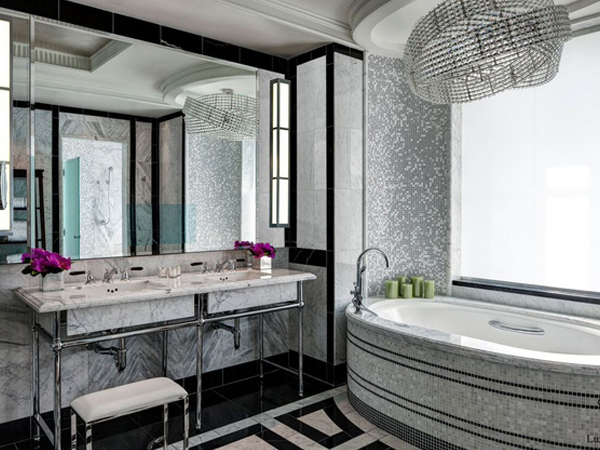
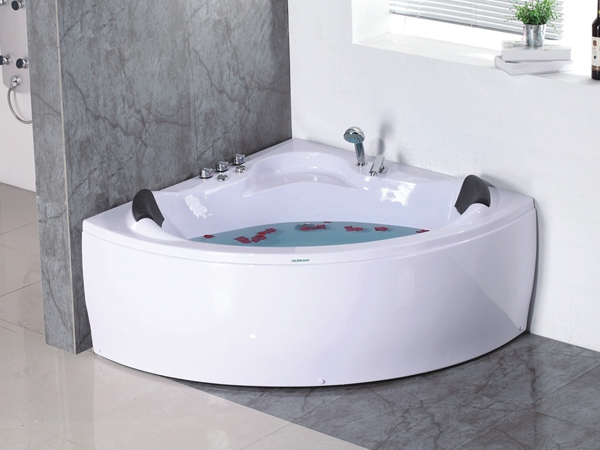
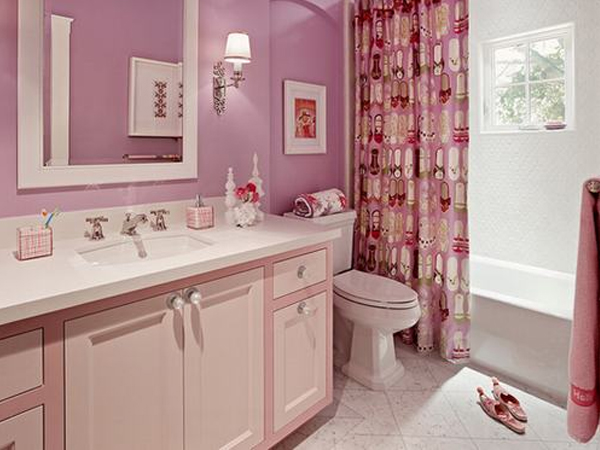
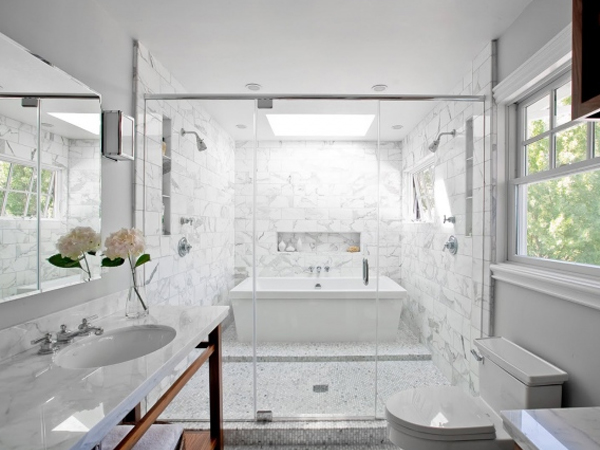

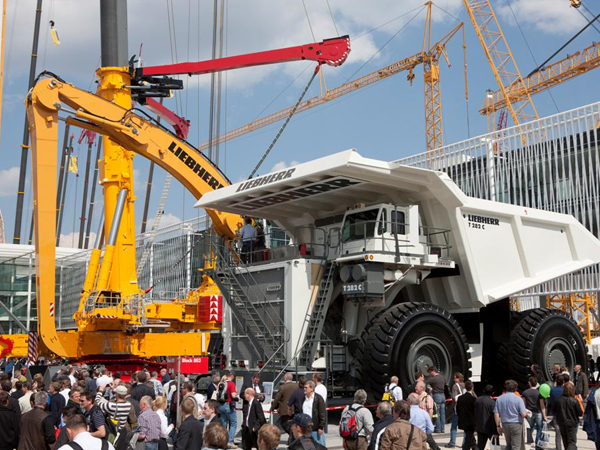
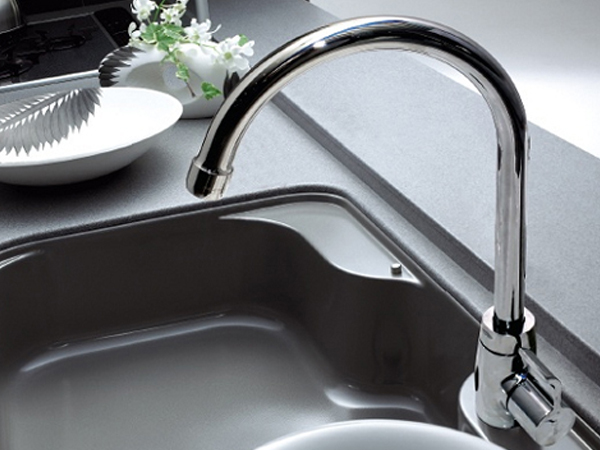




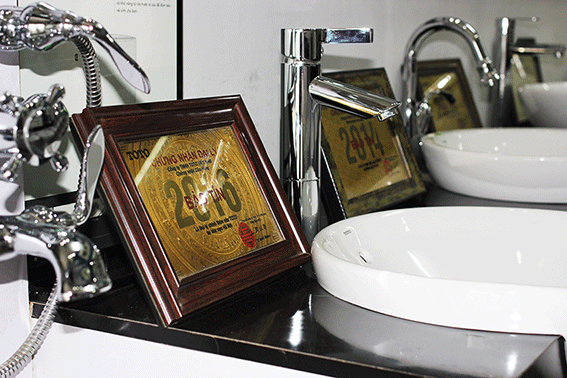

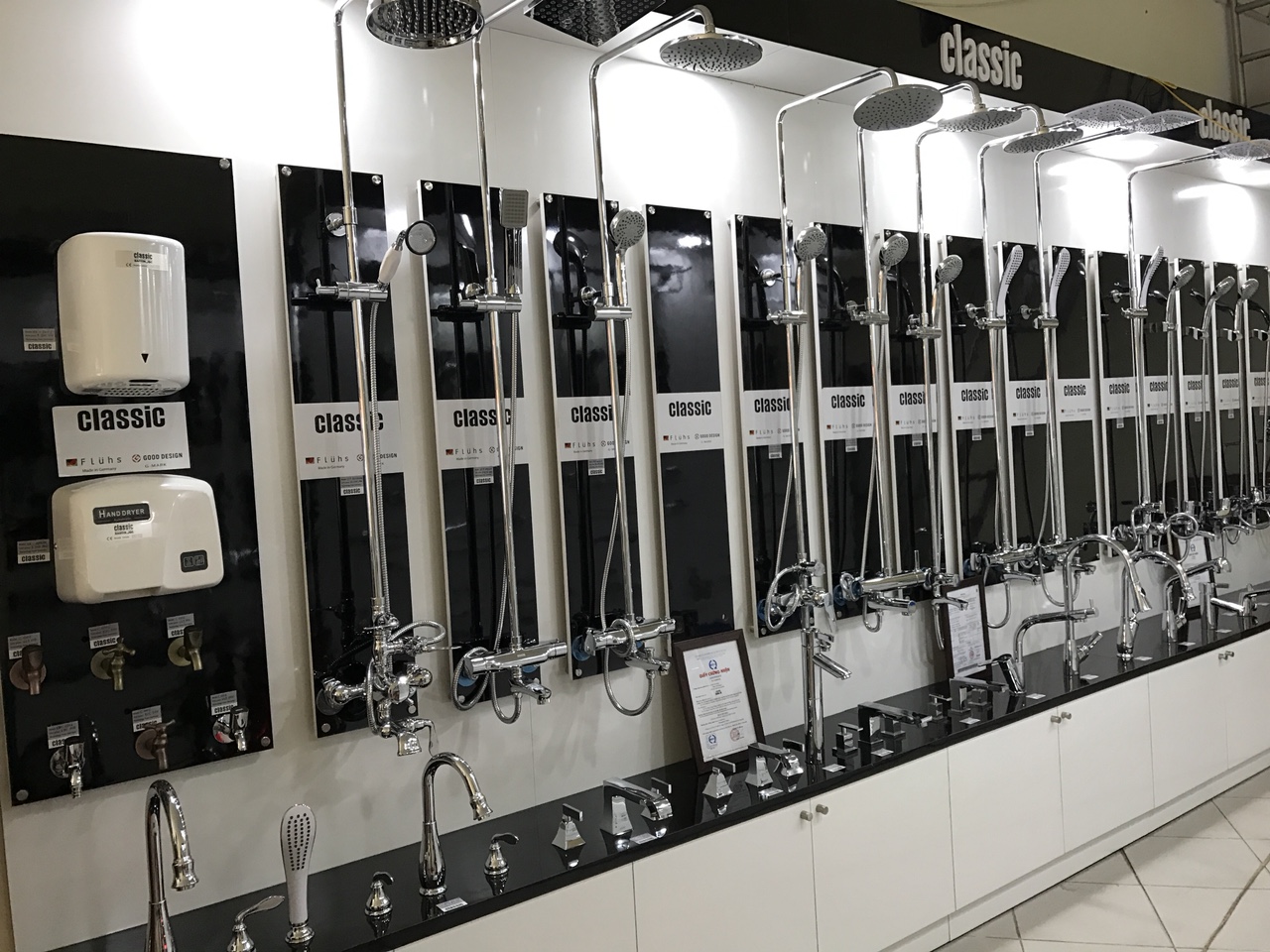

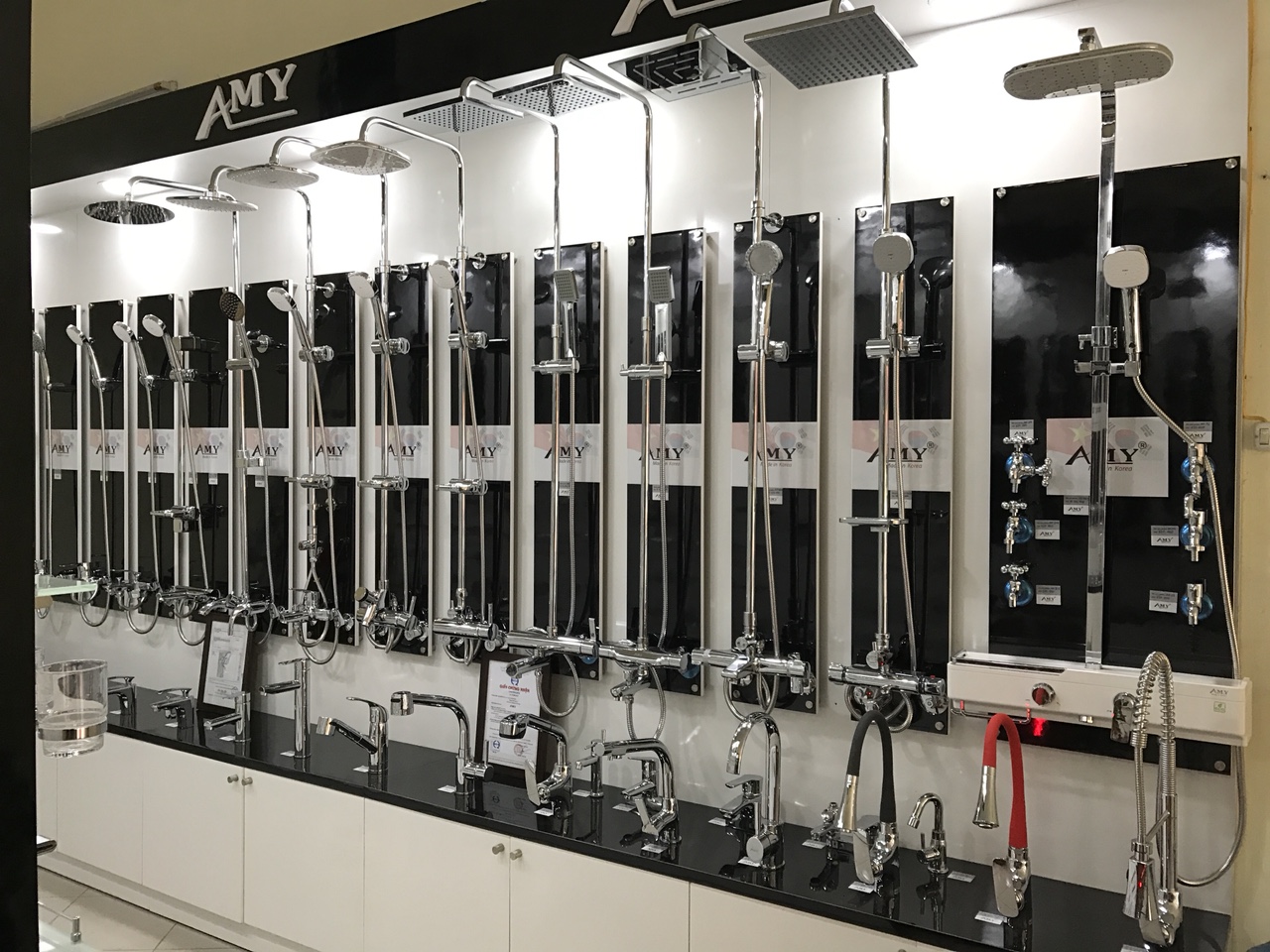
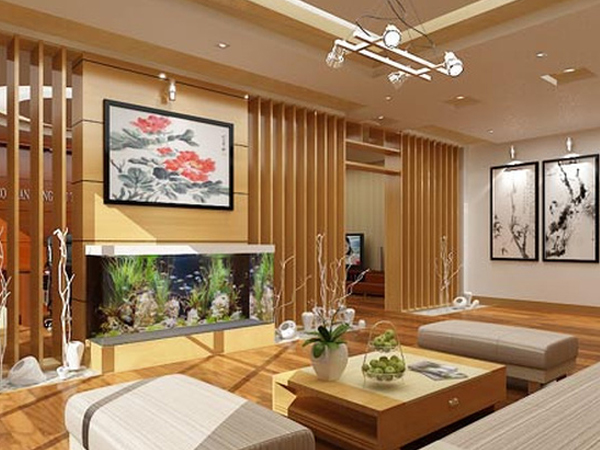
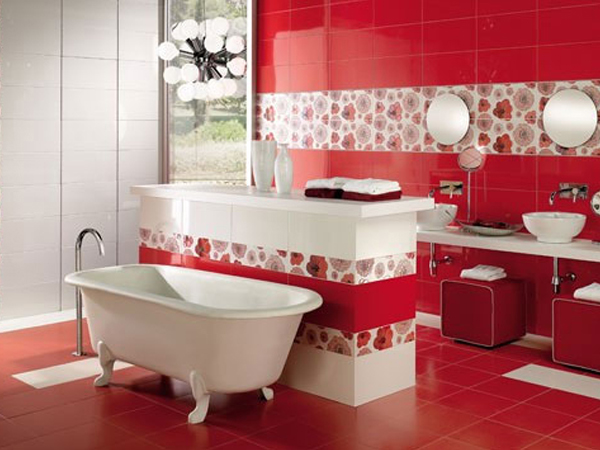


 IMPORT & EXPORT IN VIET NAM AMY BRAND PRODUCTS - www.senvoiamy.com
IMPORT & EXPORT IN VIET NAM AMY BRAND PRODUCTS - www.senvoiamy.com